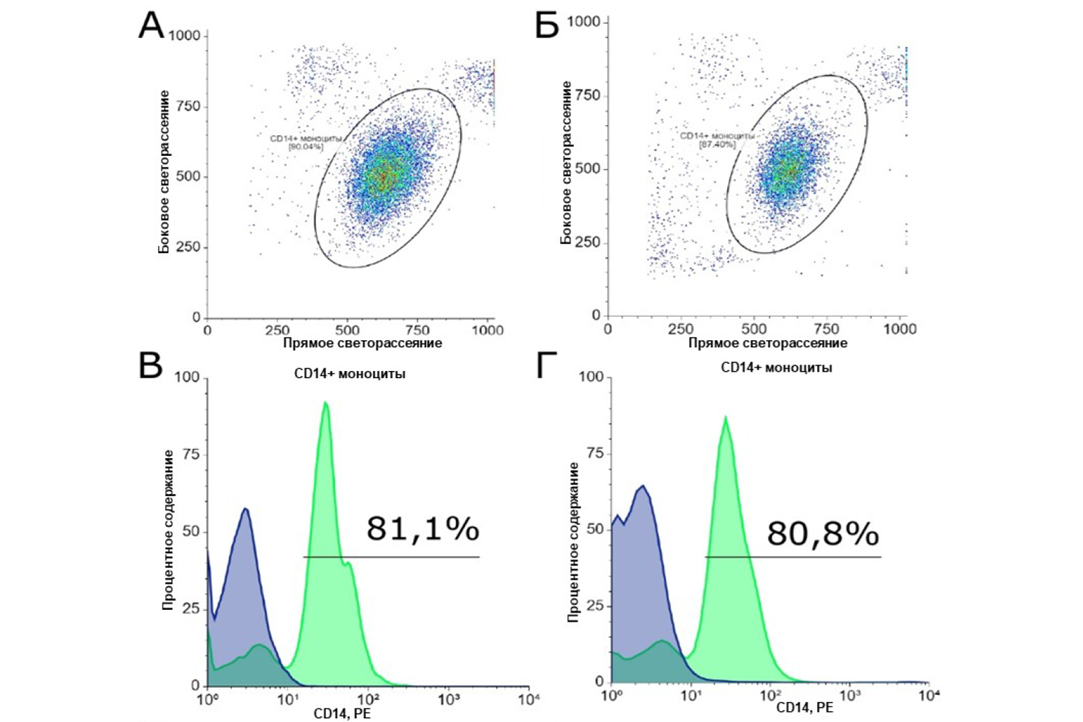Joint Study by Molecular Physiology Laboratory and Kulakov National Medical Research Center Published in RUDN Journal of Medicine
A research article by a collaborative team from the Molecular Physiology Laboratory at HSE University and the V.I. Kulakov National Medical Research Center for Obstetrics, Gynecology and Perinatology has been published in a leading medical journal. The study presents the first comparative analysis of immune-associated gene expression in classical blood monocytes from women with preeclampsia compared to physiological pregnancy.

Key Research Findings
Using cell sorting, flow cytometry, and real-time PCR methods, the authors demonstrated:
- Increased expression of the ADGRE4P cell adhesion receptor pseudogene in classical monocytes during preeclampsia;
- Significantly lower expression levels of the interleukin 8 gene CXCL8 (IL8), indicating disrupted inflammatory cytokine production;
- Confirmation of the crucial role of classical monocytes, identified by the CD14 marker, in altering cytokine profiles and immune responses in preeclampsia.
The study expands understanding of innate immunity involvement in the pathogenesis of one of pregnancy's most dangerous complications, reveals new diagnostic and therapeutic targets—primarily IL8 and ADGRE4P—and establishes a foundation for identifying specific biomarkers.
Practical Significance and Prospects
The research findings will contribute to developing new non-invasive approaches for early diagnosis and monitoring of preeclampsia. The authors emphasize the need for further investigation of monocyte subpopulations and their regulation for precision therapy.
The work was supported by the Russian Science Foundation (grant 24-14-00382).
